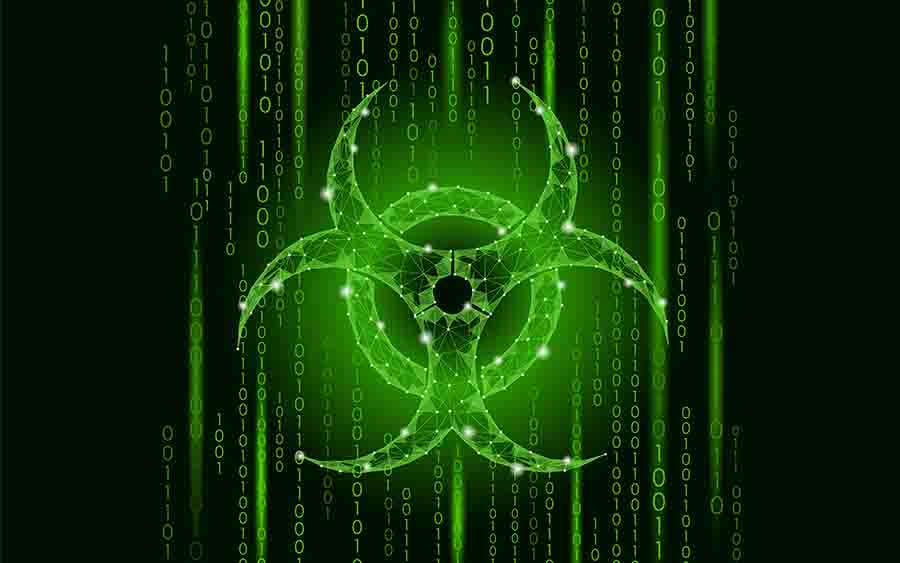The COVID -19 pandemic has once turned the spotlight on the use of biological pathogens to attack populations, whether by state actors or in the hands of non-state actors, amorphous entities or a rogue microbiologist. One is still debating if the Covid-19 is a naturally occurring threat or an orchestrated or an accidental bio-attacks. But clearly, it has demonstrated global and national shortcomings in our biodefense. Fortunately for us, the Ninth Review Conference of the Biological Weapons Convention (BWC), to be held in 2021, could be an opportunity for reinvigorating the treaty. The BWC is the first multilateral disarmament treaty prohibiting ‘development, stockpiling, acquisition, retention, and production of biological agents and toxins of types and in quantities that have no justification for prophylactic, protective or other peaceful purposes’. However, the BWC has various shortcomings. The pace of biotechnology has expanded exponentially. New genome-editing tools have been developed which are dual-use, and thus pose a challenge for a robust prevention and response framework. The BWC also does not have a verification protocol to monitor compliance by states or to deal with any suspected use of biological agents.
More recently, it is also witnessed that the bioweapons debate is starting to shift away from the BWC towards the UN Security Council Resolution 1540. This Resolution was first approved in 2004 and imposes an obligation on all UN members to improve their legal authorities and bureaucratic capacities to prevent non-state actors from acquiring, developing, or using nuclear, biological, and chemical weapons. While the BWC provides one of the foundations for UNSC Resolution 1540’s mandate, the Resolution appears to be becoming the preferred option for enhancing biosafety, biosecurity, export controls, and the criminalization of biological weapons. Indeed, the UNSC can investigate complaints in this regard, but the veto power enjoyed by the permanent members, including China, makes it near impossible.
Terrorists, too, have been involved with biological agents in the past. For instance, the Japanese-cult Aum Shinrikyo is known to have experimented with anthrax and botulinum toxin. In 2001, letters containing anthrax spores were sent to two US senators and several US journalists, causing at least five deaths. Today, China also seems to be having a robust bio-weapons program. The Wuhan Institute of Virology (WIV) of the Chinese Academy of Sciences (CAS) is one of 20 separate biomedical research institutes in CAS, but the only institute specializing in virology, viral pathology, and virus technology. The WIV has five research Centres- including the Centre for Emerging Infectious Disease, Chinese Virus Resources and Bioinformatics Centre, Centre of Applied and Environmental Microbiology, and the Department of Analytical Biochemistry and Biotechnology. Recently, it also became China’s first, and only, biosafety level 4 (BSL-4) laboratory.
But the most critical challenge to BWC is the so-called ‘response gap’: i.e., how should the state parties react and respond in case of a biological attack. By extension, this would also mean how they would coordinate amongst themselves, with international organizations including the UN and the WHO, and between health and security sectors. Over a period, states have discussed the need to promote interagency coordination and multi-sectoral cooperation to prepare for, detect, and respond to infectious disease outbreaks, whether natural, accidental, or deliberate in nature. Also, states have realized the importance of supporting states in building defences against new and emerging diseases and developing national capacity for responding to biological threats through detection, containment, and decontamination. However, the COVID-19 experience states that there has been a lack of coordination amongst the states and the international agencies.
There is a today a greater need to promote Confidence Building Measures (CBMs)—activities to be undertaken by States Parties to enhance transparency and reduce ambiguity. This requires annual reporting about activities at high biosafety level laboratories (BSL-3 and BSL-4), the exchange of information on biodefense programs, documentation on national legislation for the implementation of the BWC and reporting of human vaccine production facilities. Since these CBMs have not been legally binding, more than half the state parties do not participate in them at all.
At first glance, it may appear that the BWC does not have any direct correlation with COVID-19 pandemic. It also may not possible for scientists and experts to assess the reasons for its sudden occurrence. Whatever be the real reason for this pandemic, it is necessary to underline that there is today an urgent need to strengthen the BWC with transparency and verification provisions for humanity to have a safer future. The unchecked and unregulated developments in science and technology, in some cases, might bring about unintentional catastrophes. In the run-up to the Ninth Review Conference of the BWC in 2021, India could engage in consultations with other powers to evolve a regime that can provide better oversight.



